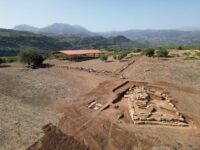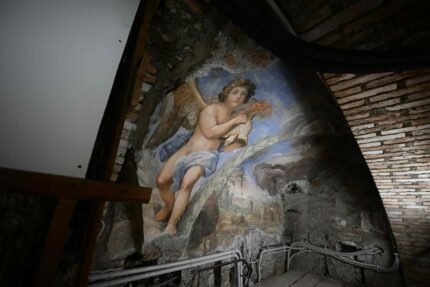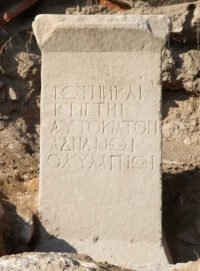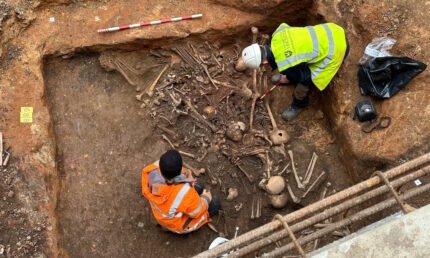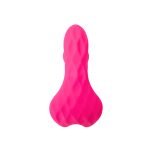An ancient tomb dating back 5,000 years has been unearthed at the Wangzhuang site in Yongcheng, Henan Province, central China. The tomb is extremely rich in furnishings. The owner of the tomb may have been a senior member of the social elite. There are more than 350 grave goods from the tombs of the Dawenkou Culture in the Neolithic Age.
The Wangzhuang site is a large settlement from the middle to late Dawenkou period (about 3500 to 2600 BC). In this second excavation season, archaeologists have discovered 45 new tombs and fully excavated 27 of them. The newly discovered grave, known as M27, covers more than 180 square feet. The tomb is a single-chamber tomb with an outer coffin and an inner coffin.
Zhu Guanghua, one of the main archaeologists involved in the excavation and associate professor at Capital Normal University, said, “The latest discovery shows that the Wangzhuang site is not an ordinary settlement, but the capital of a prehistoric kingdom.” More than 100 pieces of pottery were unearthed from the tomb. There are nearly 200 pieces of jade, bone and animal remains, among which animal remains such as pig mandibles symbolized wealth at that time.
Archaeologists are particularly excited about the evidence of cultural mixing found at the site. Li Xinwei, deputy director of the Institute of Ancient History of the Chinese Academy of Social Sciences, said: “Its discovery proves the initial exchanges of early Chinese civilization and provides evidence for the nature of the diversity of Chinese civilization. The site provides important information for studying the cultural integration of different prehistoric regions. “Examples.” The artifacts found at the site indicate influences from ancient eastern and central China and the Yangtze River Basin, indicating that Wangzhuang residents engaged in extensive cultural exchanges.
The remains of chickens, dogs, cows, and pigs have been found at the Dawenkou site, but pig bones account for the vast majority, accounting for about 85%. Pig bones in the tomb highlight the importance of pigs in Dawenkou culture. In particular, pig mandibles were found in the tombs with the richest artifacts.
 The M27 did not remain intact for long. Soon after it was built, it was vandalized, the grave goods were looted, and the remains of the deceased were destroyed or removed, leaving only some toe bones. Jade articles were scattered and many stone blades were deliberately broken. Archaeologists are studying possible motives for this act. Perhaps a political or military opponent desecrated the deceased’s grave and his memory in one fell swoop?
The M27 did not remain intact for long. Soon after it was built, it was vandalized, the grave goods were looted, and the remains of the deceased were destroyed or removed, leaving only some toe bones. Jade articles were scattered and many stone blades were deliberately broken. Archaeologists are studying possible motives for this act. Perhaps a political or military opponent desecrated the deceased’s grave and his memory in one fell swoop?
The early Dawenkou tombs were relatively average, with roughly the same scale, and the same types and quantities of funerary objects. By the time M27 was built, cultures had begun to stratify, as reflected in the diversity of tombs. Larger graves contained more grave goods of higher quality, some of which were imported, indicating that a social hierarchy had been established.
Previously, people believed that Chinese civilization mainly originated in the Yellow River Basin. However, as recent discoveries at sites such as Wangzhuang have shown, many autonomous cultures in different regions interacted and influenced each other, creating a more complex picture of the development of ancient China.


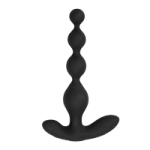 Anal Beads
Anal Beads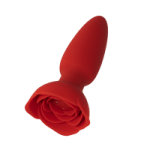 Anal Vibrators
Anal Vibrators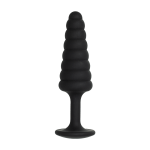 Butt Plugs
Butt Plugs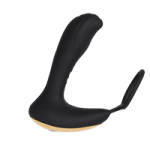 Prostate Massagers
Prostate Massagers
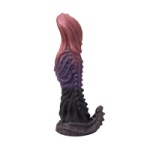 Alien Dildos
Alien Dildos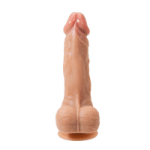 Realistic Dildos
Realistic Dildos
 Kegel Exercisers & Balls
Kegel Exercisers & Balls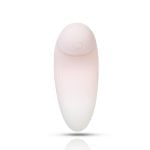 Classic Vibrating Eggs
Classic Vibrating Eggs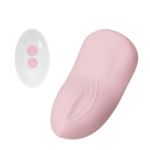 Remote Vibrating Eggs
Remote Vibrating Eggs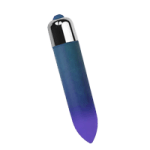 Vibrating Bullets
Vibrating Bullets
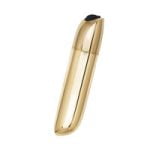 Bullet Vibrators
Bullet Vibrators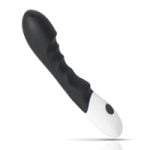 Classic Vibrators
Classic Vibrators Clitoral Vibrators
Clitoral Vibrators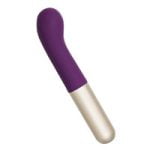 G-Spot Vibrators
G-Spot Vibrators Massage Wand Vibrators
Massage Wand Vibrators Rabbit Vibrators
Rabbit Vibrators Remote Vibrators
Remote Vibrators
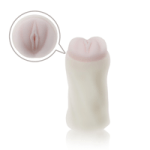 Pocket Stroker & Pussy Masturbators
Pocket Stroker & Pussy Masturbators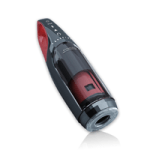 Vibrating Masturbators
Vibrating Masturbators
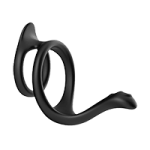 Cock Rings
Cock Rings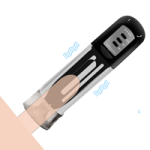 Penis Pumps
Penis Pumps
 Wearable Vibrators
Wearable Vibrators Blindfolds, Masks & Gags
Blindfolds, Masks & Gags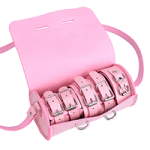 Bondage Kits
Bondage Kits Bondage Wear & Fetish Clothing
Bondage Wear & Fetish Clothing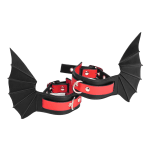 Restraints & Handcuffs
Restraints & Handcuffs Sex Swings
Sex Swings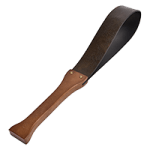 Ticklers, Paddles & Whips
Ticklers, Paddles & Whips







 Zhu Guanghua, one of the main archaeologists involved in the excavation and associate professor at Capital Normal University, said, “The latest discovery shows that the Wangzhuang site is not an ordinary settlement, but the capital of a prehistoric kingdom.” More than 100 pieces of pottery were unearthed from the tomb. There are nearly 200 pieces of jade, bone and animal remains, among which animal remains such as pig mandibles symbolized wealth at that time.
Zhu Guanghua, one of the main archaeologists involved in the excavation and associate professor at Capital Normal University, said, “The latest discovery shows that the Wangzhuang site is not an ordinary settlement, but the capital of a prehistoric kingdom.” More than 100 pieces of pottery were unearthed from the tomb. There are nearly 200 pieces of jade, bone and animal remains, among which animal remains such as pig mandibles symbolized wealth at that time. Archaeologists are particularly excited about the evidence of cultural mixing found at the site. Li Xinwei, deputy director of the Institute of Ancient History of the Chinese Academy of Social Sciences, said: “Its discovery proves the initial exchanges of early Chinese civilization and provides evidence for the nature of the diversity of Chinese civilization. The site provides important information for studying the cultural integration of different prehistoric regions. “Examples.” The artifacts found at the site indicate influences from ancient eastern and central China and the Yangtze River Basin, indicating that Wangzhuang residents engaged in extensive cultural exchanges.
Archaeologists are particularly excited about the evidence of cultural mixing found at the site. Li Xinwei, deputy director of the Institute of Ancient History of the Chinese Academy of Social Sciences, said: “Its discovery proves the initial exchanges of early Chinese civilization and provides evidence for the nature of the diversity of Chinese civilization. The site provides important information for studying the cultural integration of different prehistoric regions. “Examples.” The artifacts found at the site indicate influences from ancient eastern and central China and the Yangtze River Basin, indicating that Wangzhuang residents engaged in extensive cultural exchanges.